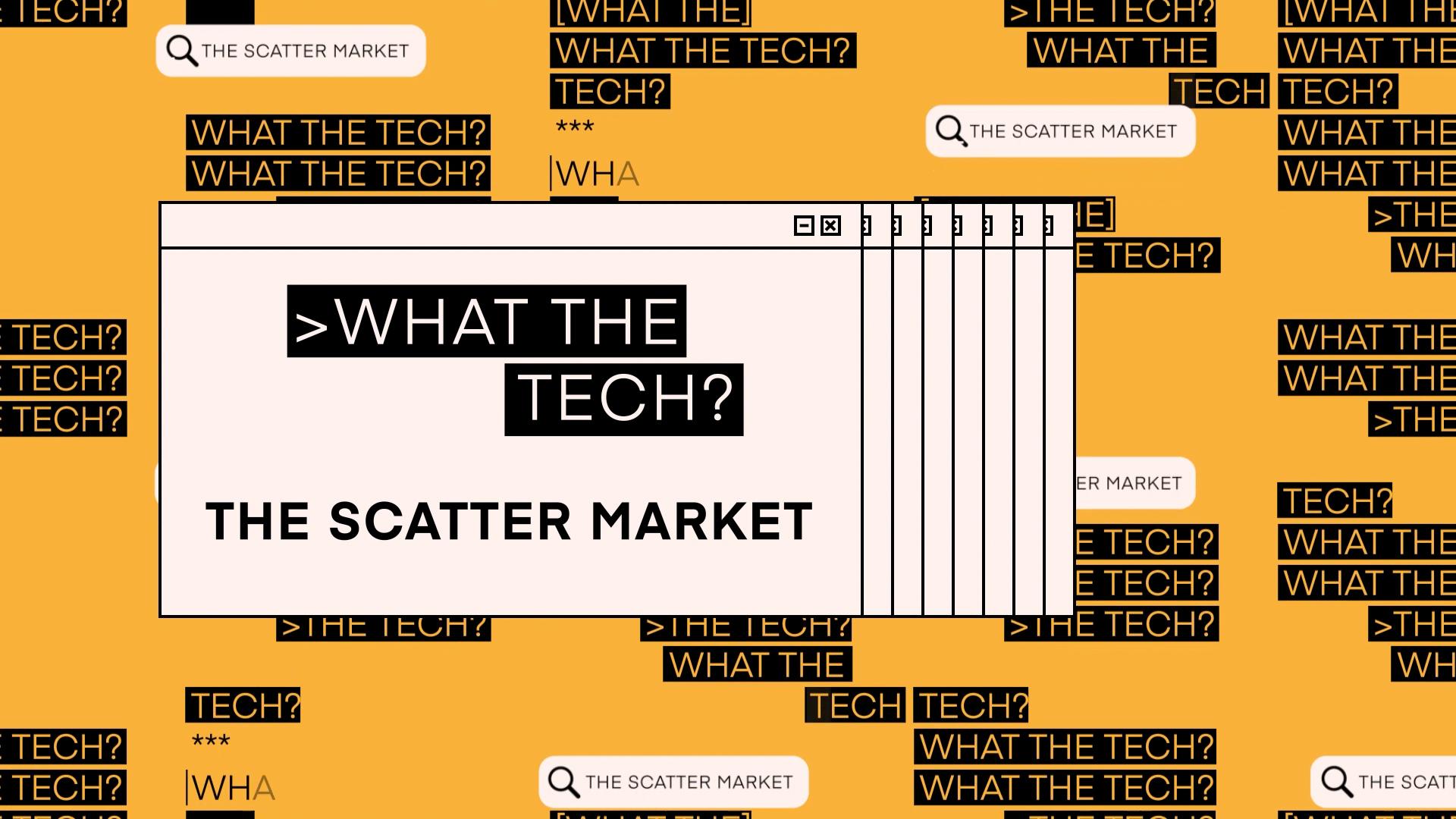What the Tech is the scatter market?

Upfronts season is long done, but when it comes to baffling TV terms, you’re not out of the woods yet.
It seems like a relic of the distant past now that so much of our work is conducted online, often remotely, but big-time advertising deals sometimes are still brokered in person.
There is even a weeklong event, called the upfronts, dedicated to this exact purpose. Each spring, TV networks rent out assembly halls throughout New York City and stage lavish presentations, where they reveal their upcoming slate of TV shows to eager media buyers. The goal is to get media buyers excited about the different series and lock in advertising deals in advance or up front (hence the catchy name).
It was, essentially, a futures market: TV networks would have the comfort of selling their ad inventory months before the shows even aired, and buyers could plan ahead and tell their brand partners they got a great deal on a TV show that is sure to be a hit in the fall. Eventually, this practice was adopted by the large digital media brands, with platforms such as Yahoo and YouTube staging their own digital upfronts.
Of course, not every single ad slot would be filled, creating the scatter market, the topic at hand today.
What is the scatter market?
The scatter market is all the ad inventory that’s not bought up front. All the remaining inventory gets bought later, closer to the date the campaign is actually executed.
So is scatter market inventory cheaper?
In some cases, but certainly not all, cases.
It’s tempting to look at the scatter market as inferior. If media buyers didn’t want to purchase this inventory up front, then surely there must be something wrong with it. That’s not necessarily true, though. Many networks intentionally hold some inventory back to sell at a later date. And, as with any futures market, upfront deals involve a level of risk, which is why the scatter market is so important.
Let’s use an example: Say you’re a media buyer planning a campaign for your client’s new product launch. You make an upfront deal for a bunch of pre-roll ads for a new NBC series at a standard market rate. Unexpectedly, the NBC series becomes an enormous hit, racking millions of more views than you anticipated. The show’s advertising inventory is suddenly way more valuable and expensive, but you were able to lock in your price months prior. You’re getting a helluva deal, and the ROAS for the campaign is through the roof. Your client is happy, your boss is happy, you’re happy.
But the opposite can also happen — the market value of the ad inventory can decrease, and you end up overpaying. Now your client is upset, your boss is fuming and you’re left holding the bag for some worthless ad slots. Big yikes.
Buying through the scatter market is less risky. The transaction occurs much closer to the execution of the campaign, so both sides of the deal have a better idea as to the fair market value of the ad inventory.
So why not buy everything through the scatter market?
For one, that might be inefficient. Buyers have large media budgets to manage, and it would be difficult to spend it all on last-minute scatter market deals. They’d prefer to allocate some of their budget to upfront deals and then use the rest to play with in the scatter market.
Sellers, too, prefer having a mix of the two. Forging a large upfront deal ensures they will have a significant chunk of their ad inventory spoken for, and the rest they can make available on the scatter market via exchanges, DSPs, SSPs and other real-time bidding platforms.
That said, the scatter market is increasingly important. Programmatic buying software has made it incredibly easy for buyers and sellers to execute deals — both upfront and last-minute. As access to premium inventory increases and advertising technology improves, it only stands to reason that the scatter market will represent a larger and larger portion of the overall ad spending market. In which case, the scatter market might seem like a misnomer, and this blog post will be archaic. But hey, at least you’ll be familiar with the term.